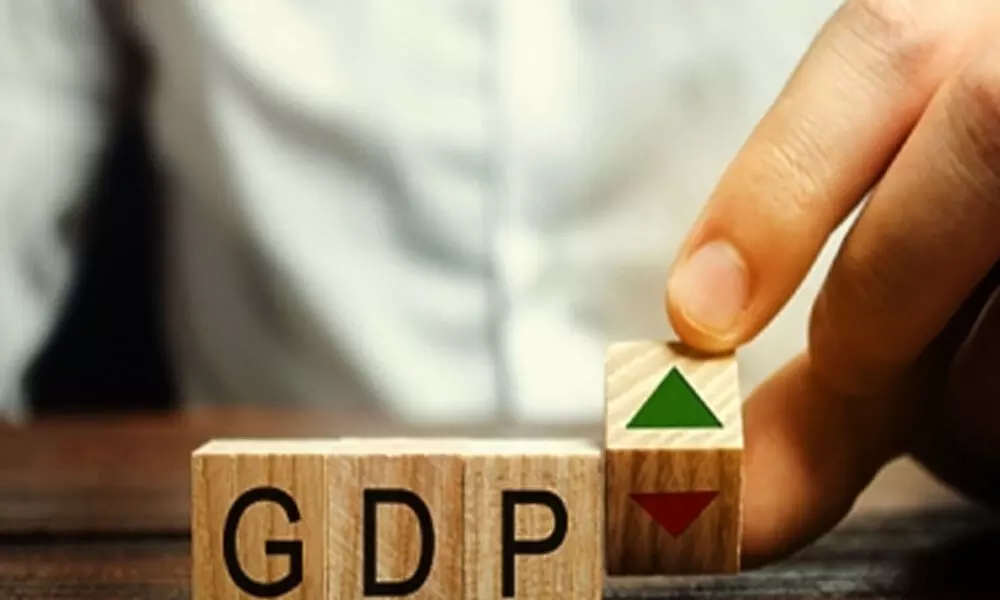India needs GDP recovery, but with more jobs and higher wages
image for illustrative purpose

Given the current situation, while economic uncertainty prevails for the near term, dust and smoke around employment, wages and MSMEs continue to be going thicker by the day. It's time to take a step back and endeavour to ask critical questions about various economic agents and thus India's short and medium term growth drivers. Higher cases in rural India, (which is not just about agriculture) and factors impacting household income suggest less support for pent-up demand and medium-term consumption. For corporates, this would impact pricing and investments. That's what economic experts feel. Mind you that as India burns its midnight oil to fight the second wave, the debate is on how its impact is different from the first one. Meanwhile, the number of FY22 growth downgrades has increased recently.
The current situation can potentially dampen the pent-up demand compared to that of the last year as health expenditure has risen and people could be warier of health risks after witnessing the magnitude of the second wave and some states preparing for the third wave. This also implies that some of this demand may surface only after vaccination reaches a critical mass, say early 2022.
Another crucial or critical factor to be considered, this time round, is the alarming rate of growth of rural infections. One will therefore have to keep a close watch on the rural and agricultural sector. With the Kharif crop season approaching, monsoon rainfall (IMD forecast is normal), progress in sowing and its conversion into harvesting is critical. However, we have to recognize that 50 per cent of rural households are non-agri and a large share of agri households earns a good part of their income from non-agri sources. Rural population employed by MGNREGA is also low. So, agri and non-agri progress alongside urban demand matters, but higher rural infections this time increases the risks for the rural economy which has a higher marginal propensity to consume compared to the urban economy.
When it comes to corporates, the most pertinent question to ask would be: how would these corporates behave in the days to come?
And economists think that unlike last year, when margins were more than preserved by cutting employee and raw material expenses, this year could face pressure from sharp rise in input costs, lesser space and avenues for incremental cost cuts and price hike being overdue in some sectors. In the ultimate analysis, weaker demand could potentially dampen price hikes. Price changes will depend on product and sector dynamics too, but it can be nuanced, especially for service providers.
Economists have reasons to believe that Indian economy needs recovery and a growth-cycle in employment and wages, which, in turn, will provide demand-visibility to corporates to increase capacity utilisation and make fresh investments, which may not materially move otherwise. Consumption support may well be necessary in the short-term, but it will have implications for the current account deficit, if overdone. In either case, it will not usher in a growth-cycle to support potential GDP.
All these prove, beyond doubt, that demand is crucial for Indian economy and a K-shaped recovery, therefore, may not just be sufficient.

